Juliette Liautaud
Watered and Living Image
Gestures of editing permeate Juliette Liautaud’s activities: collage, montage, make it appear and disappear, conversing, composing, arranging, juxtaposing, superposing. The presentation space, be it virtual or that of an exhibion1,is also thought of as an editing table, which is to say as “the medium of a work that must invariably be taken up again, and modified, if not begun all over again”,2 a set “with an openness always ready for new possibilities, new encounters, new multiplicities, and new configurations”.3 Different media are arranged as sets: photographs, videos, films, texts, sonic compositions. Each set is developed in this spirit of transmediality which plays with hybridization and the resonance of visual, acoustic and textual fragments with each other in an interplay of counterpoint. Different formats and supports thus invite us to discover “interstitial zones of exploration, and heuristic intervals”4 on the table, the floor, the walls and the virtual page. In the films, the gaps and differences are accommodated between the layers of images, in superimposition, or between levels, in the black areas that have become areas of vibration of images like sounds (Chaleur vacante(ou le soleil, 2019).
The politics of relation does not relate this to that, but the whole to the whole […] and thus achieves the diverse”.5 The work table is not a classificatory surface, and what is more the works themselves question categories of thought (nature, culture, urban, wild, living, nonliving) by inviting us to think about the trembling which “preserves us from thoughts about systems and systems of thought”.6 The forms directly illustrate this questioning as if with the ambiguity of the black-and-white and the strangeness of the cave (Ensemble II, 2015) or the night (Kapr, 2014, Ensemble 1 (Hypnagogia), 2015), or the exploration of the haptic, of an eye so close to the filmed object that it seems to be touching it (Dawn Chorus, 2020). Juliette Liautaud is also attentive to the indecisiveness of apparitions, before the fleeting nature of forms (in the beam of a car’s headlights, a pocket torch, a rotating light, a flash 7) or in the dissolve of one image placed over another one, an intensive form of alternating montage. Needless to say, the hybrid nature of the image-making matter is part and parcel of this trembling in the representation: the qualities of the argentic film and the digital are combined like, in the case of Recuerdo de mi santuario (2015) and Sunshade (2018), the intertwining between the fragments of a super 8 film and video. This complex fabric gives rise to vibrant images, undulating effects, and effects of shimmering and iridescence (moire). The effect is very significant in the scintillation of Sunshade with the presence of a vertical or horizontal grid (fencing planks, for example) or series of triangular motifs incorporated in the of high angle shot overlays on reflections of water and in low angle shots towards the sky filtered by foliage. This palpitation of images re-enacts that of the canopy, but is it not also a matter of “making things which […] may have a living presence”?8, as Paul Sharits put it. The flicker effects 9refer, needless to add, to the trembling of our eyelids, but may also come about from another organic cadence, as in Dawn Chorus, walking with a camera carried beside the body moving in front of the vegetation, capturing their fleeting designs, somewhere between involvement and giving up. The metaphor of vision is still present in the veil effect (as in certain photographs of the Prelude set) which calls to mind the osmosis of the artist observer with the environment, as Jonathan Crary noted: the veil of the eye responds to the natural veil, snow and fog, vapours and clouds. He added that “perception was acutely temporal and kinetic […] vision is always multiple, adjacent to and overlapping with other objects, desires, and vectors. is an eminently temporal and kinetic act […]. Vision is always multiple, it is beside and straddles other objects, other desires, other vectors”.10 In Juliette Liautaud’s sets, the shared vision (hers and ours) is abandoned to time, fluidity, impermanence, the ever changing of reality.
Notes
1. Already with Des précipités de rêves (2015), J. Liautaud was arranging her works on a long table and on the walls. On her website and in the space devoted to her in Documents d’artistes, we find the same principle of arrangement.
2. Georges Didi-Huberman, Atlas ou le gai savoir inquiet. L’œil de l’histoire, 3, Minuit, Paris, 2011, p. 22.
3. Gilles Deleuze et Felix Guattari, Mille Plateaux, Capitalisme et Schizophrénie 2, Minuit, Paris, 1980, p. 20
4. G. didi-Huberman, op. cit., p. 14.
5. Edouard Glissant, Traité du Tout-monde, Gallimard, Paris, 1997, p. 37.
6. E. Glissant, Poétique de la relation, Gallimard, Paris, 1990, p. 12.
7. Films, videos and photographs de Kapr, Prelude, Sunshade, Dawn Chorus, Ensemble II.
8. “Jean-Claude Lebensztejn and Paul Sharits, interview” [1995], in Y. Beauvais (ed.), Paul Sharits, Les Presses du réel, Dijon, 2008, p. 89.
9. The flicker is often defined by the flashing of photogrammatic editing.
10. Jonathan Crary, Techniques of the Observer. On Vision and Modernity in the Nineteenth Century, MIT Press, Cambridge, 1990, p. 20.
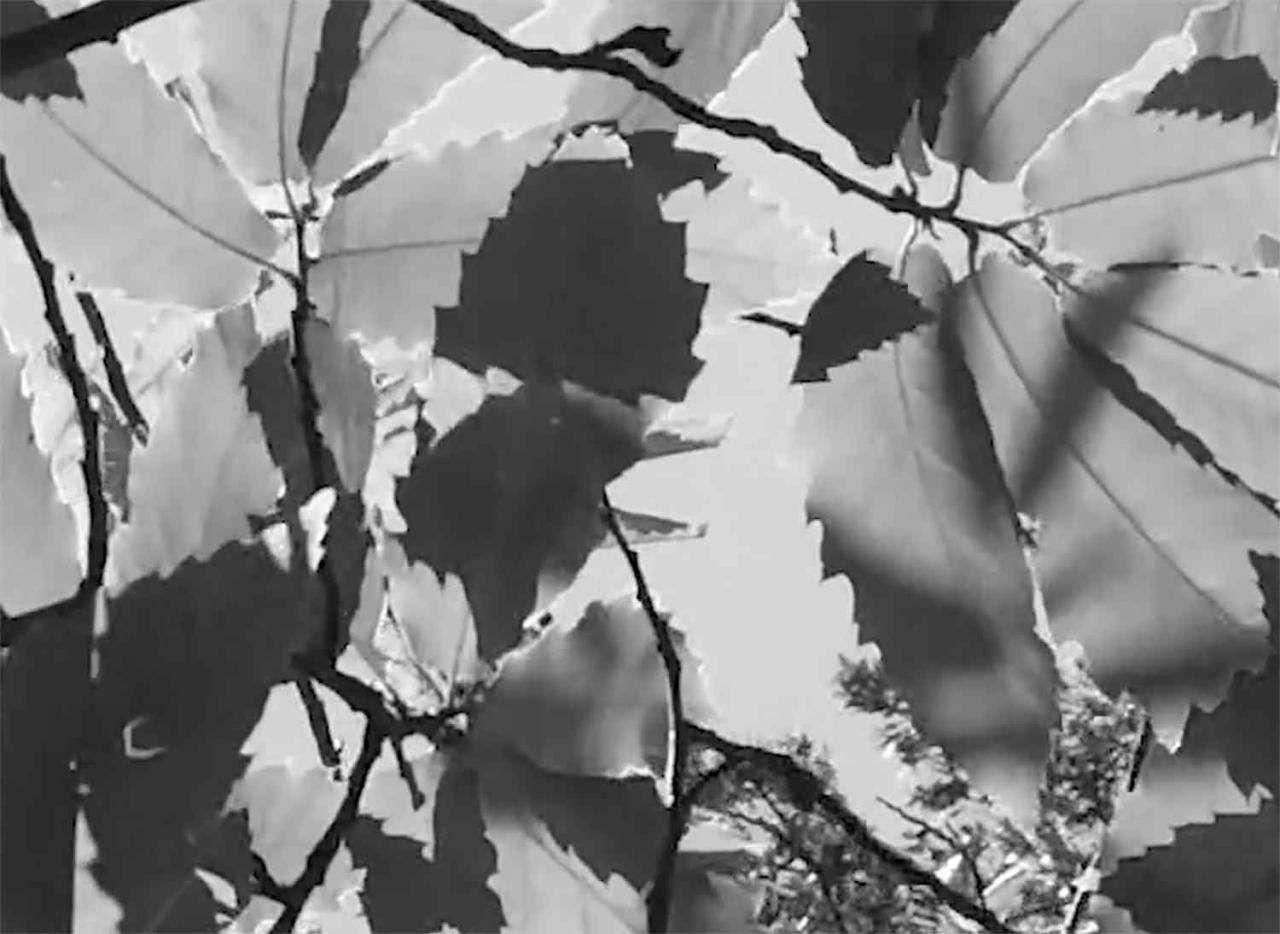
capture, video, noir et blanc et couleur,
05min23, 4:3, sonore, stereo
(video produite à l'invitation de Documents d'Artistes Paca, programme Homework)

Installation, Vue d’atelier
Impressions et tirages, photographie encadrée, polaroïd oxydé, polaroïd vide et pierre, tirages sous un cd vide, film sur tablette, pochettes de vinyles vides repliées contenant une photographie, pierre, livrets ouverts, film moyen format exposé, montures de diapositives en metal avec aluminium, lampe de poche et diapositive, vidéo « ou le soleil » sur tablette

capture, video, noir et blanc,
03min, présentée en boucle, 3:4, silencieux,
video issue de l'installation Chaleur Vacante (ou le soleil), 2019
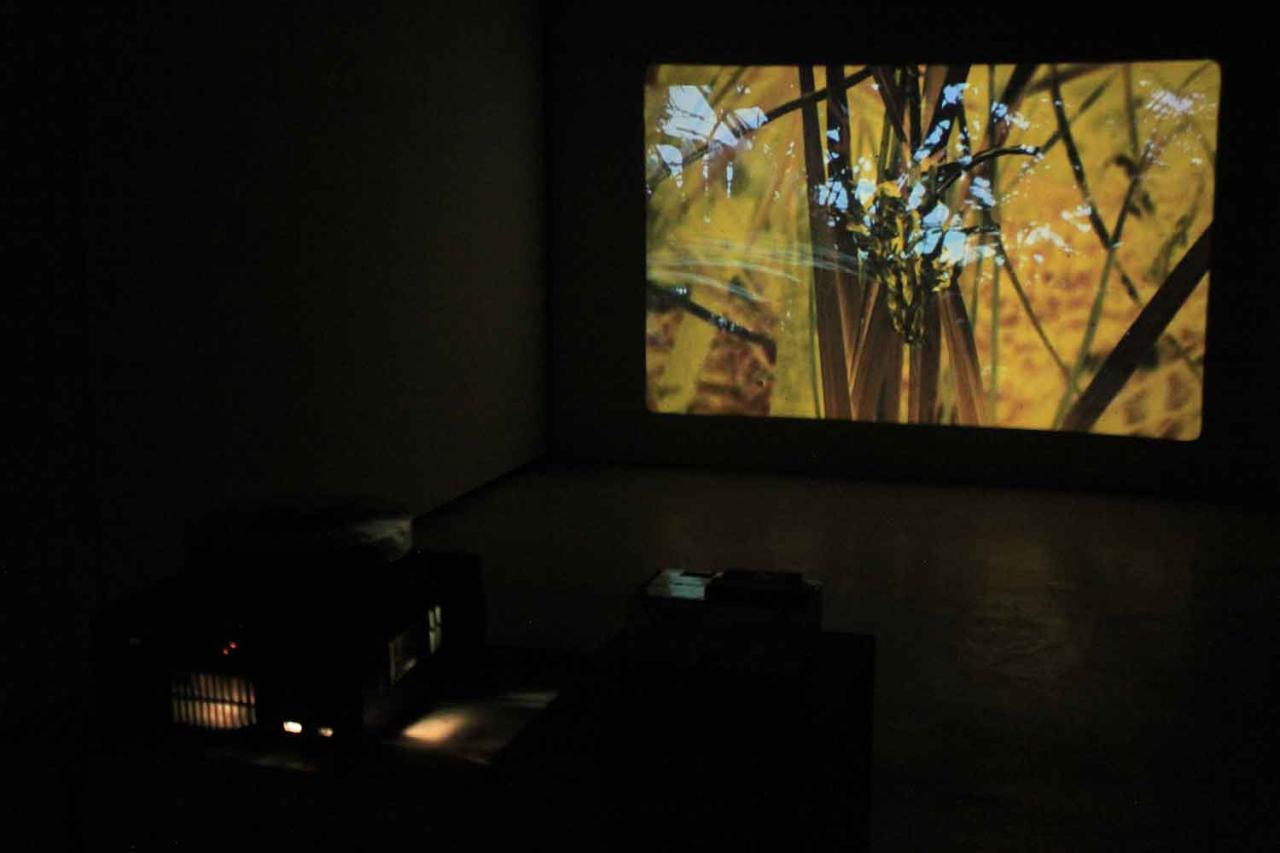
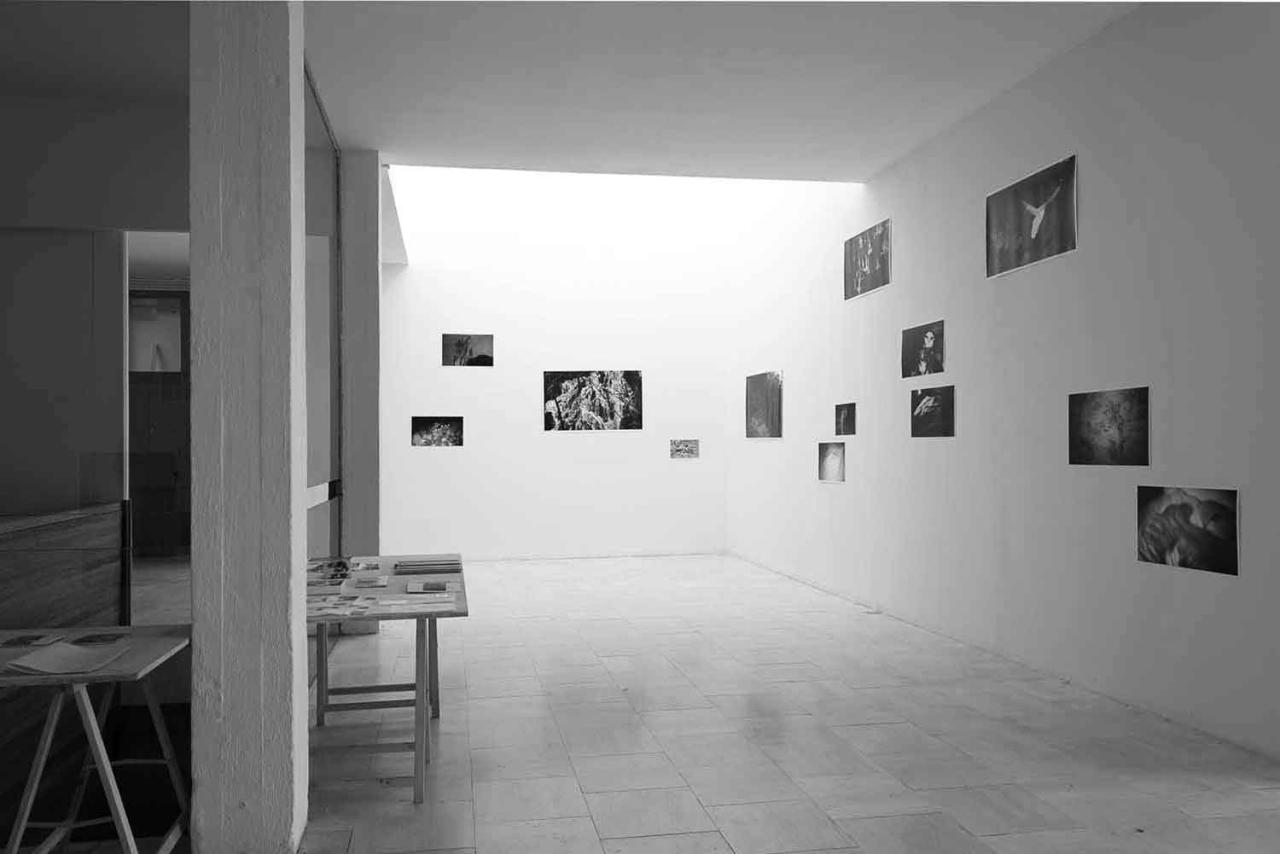
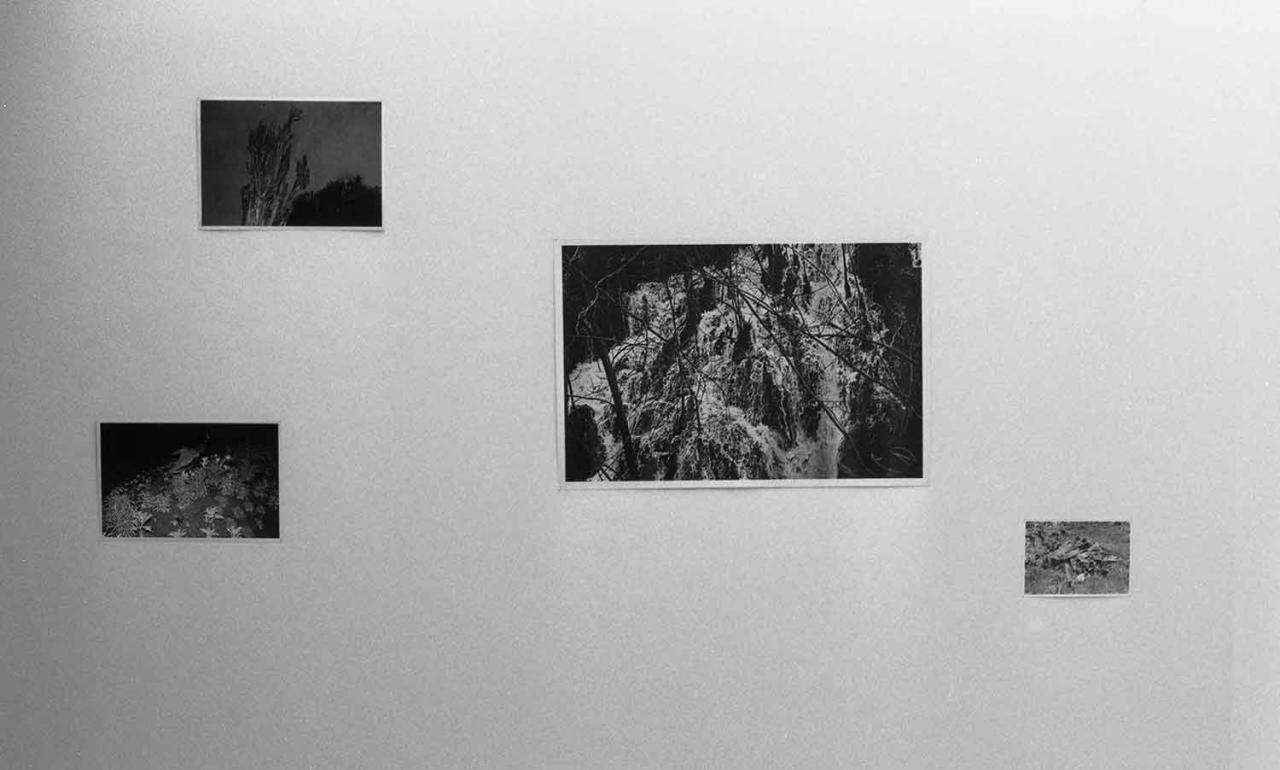
(13 photographies argentiques noir et blanc et couleur, tirages et impressions, dimensions variables)
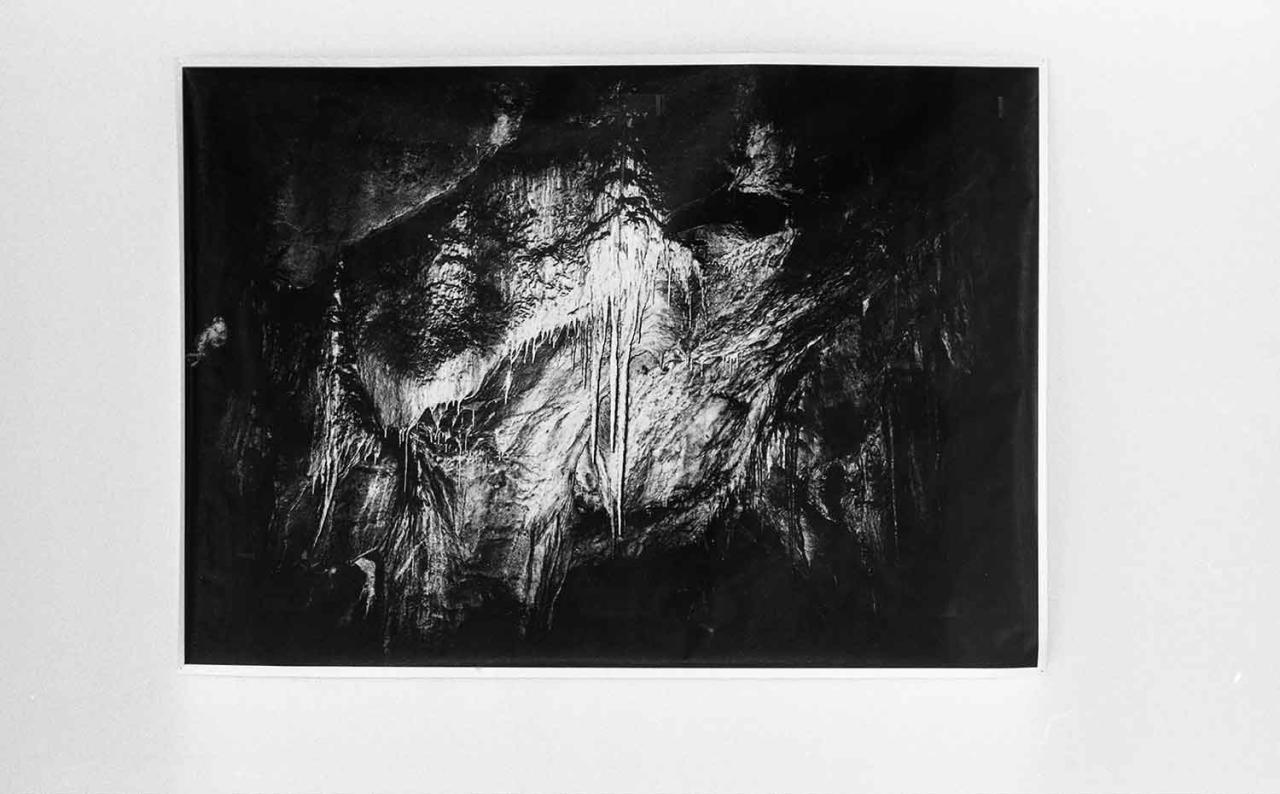
(11 photographies argentiques noir et blanc, tirages et impressions, dimensions variables)
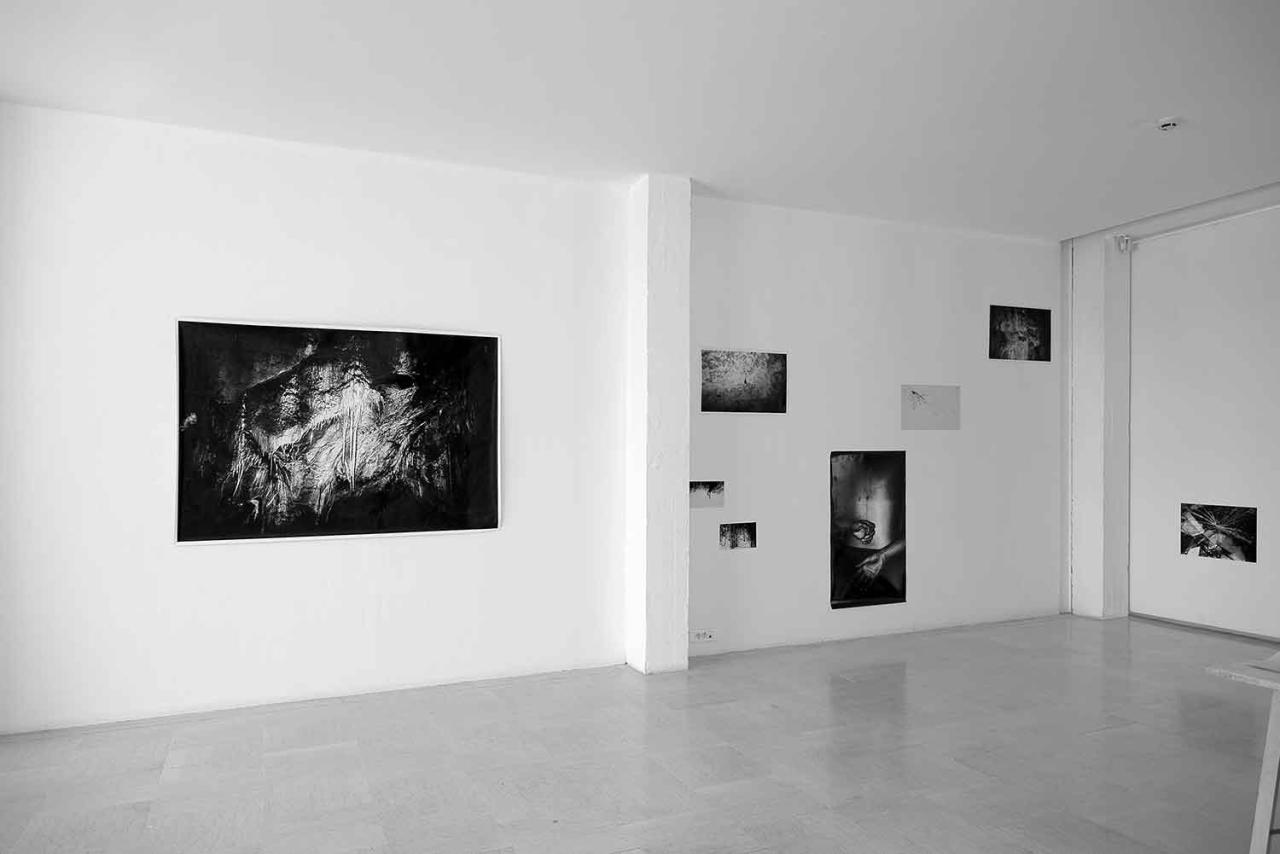
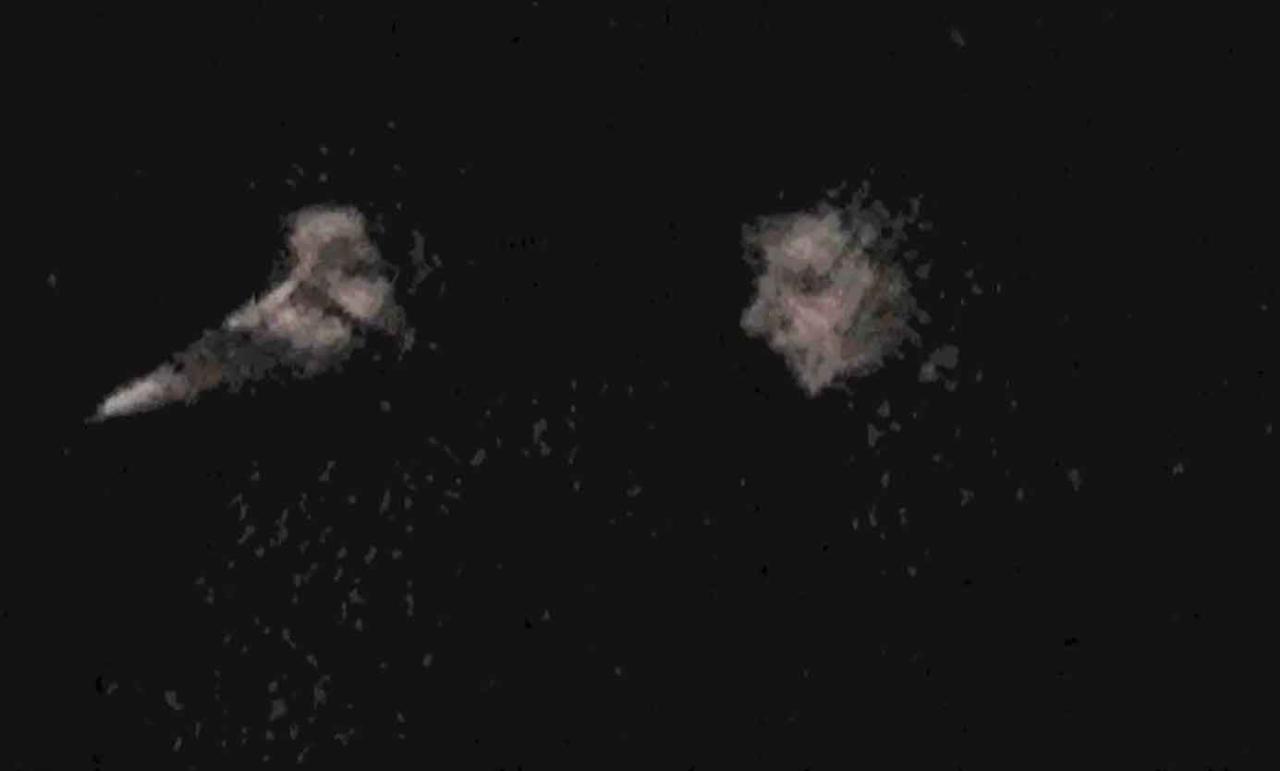
capture, video, 04min59, 4:3,
couleur, sonore, stereo

capture, video et super8mm digitalisé, couleur,
07min14, 16:9, sonore, stereo
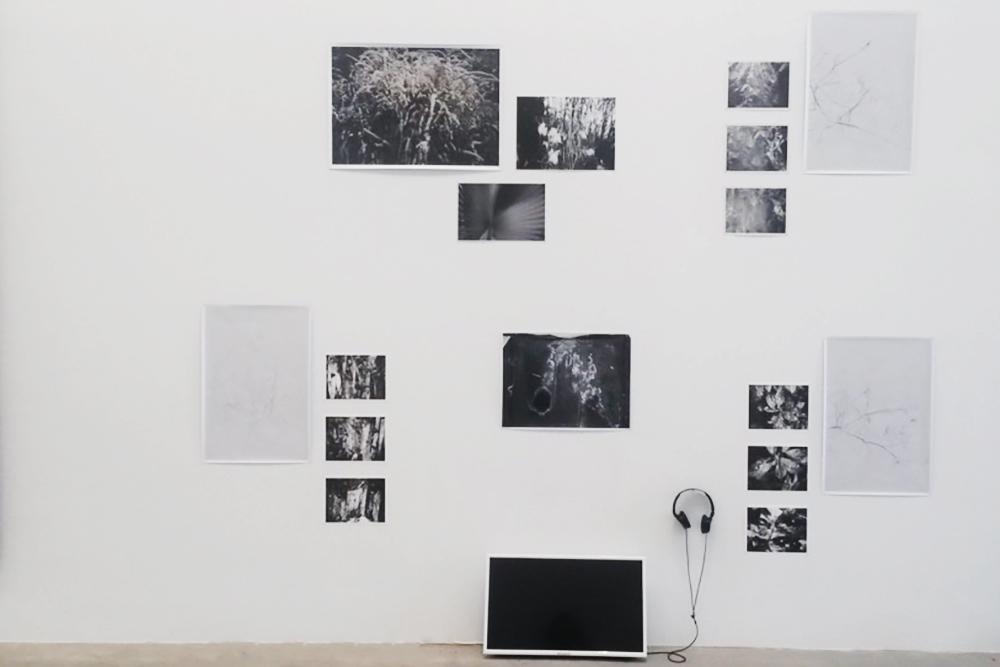
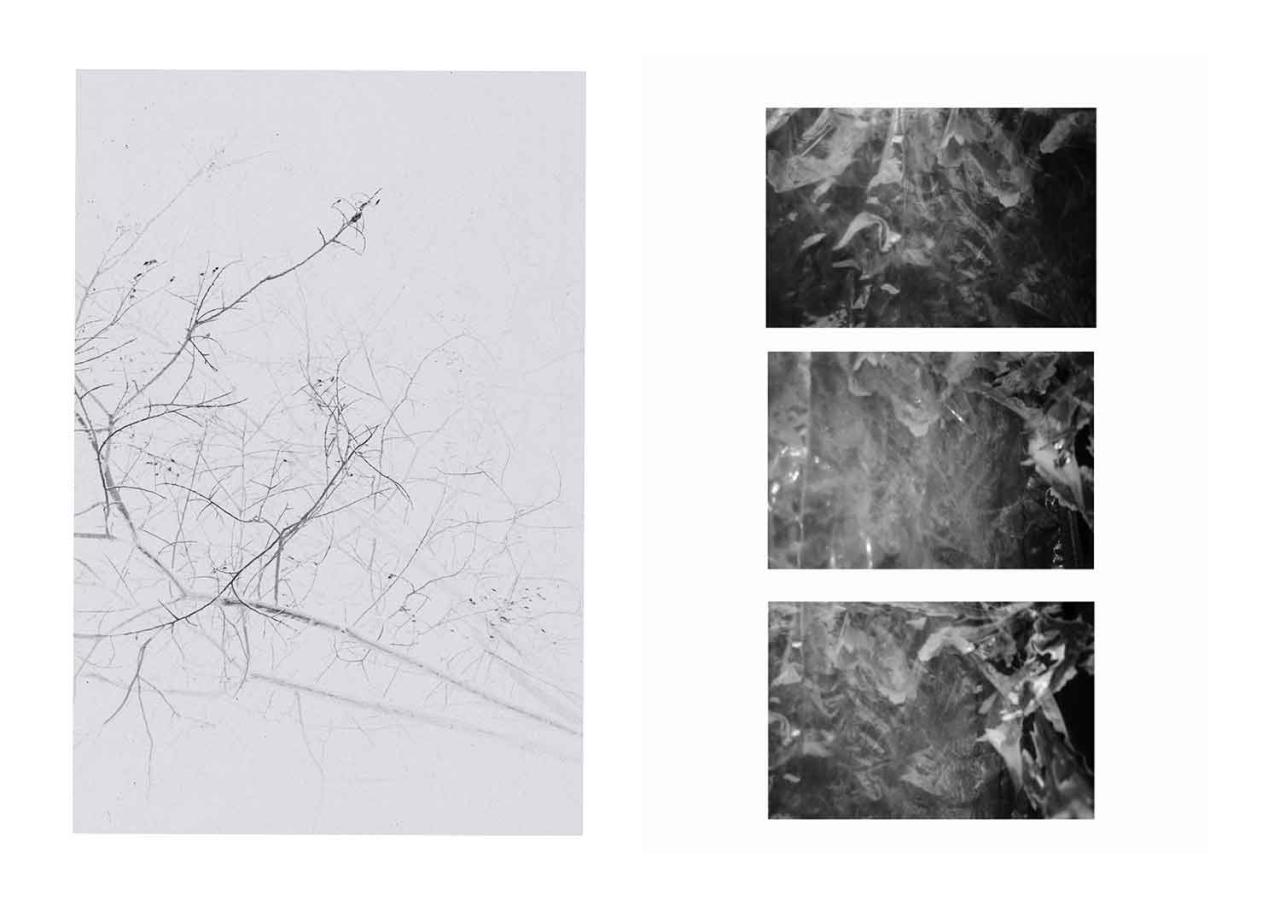
(16 photographies argentiques noir et blanc et couleur, Impressions et tirages, Dimensions variables)
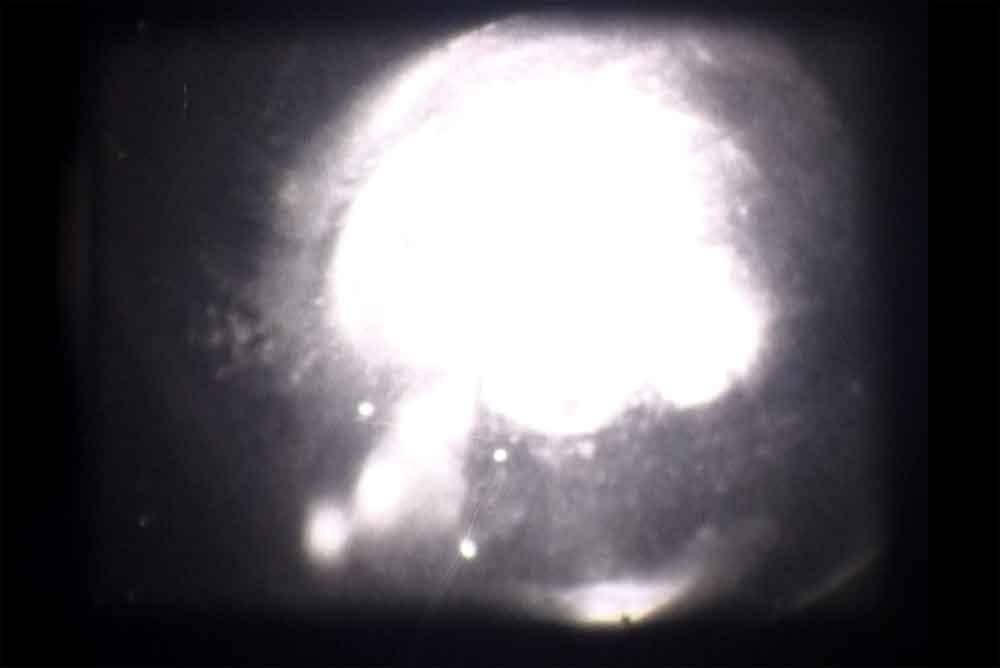
capture, super8mm digitalisé, noir et blanc,
03min31, 4:3, sonore, stereo
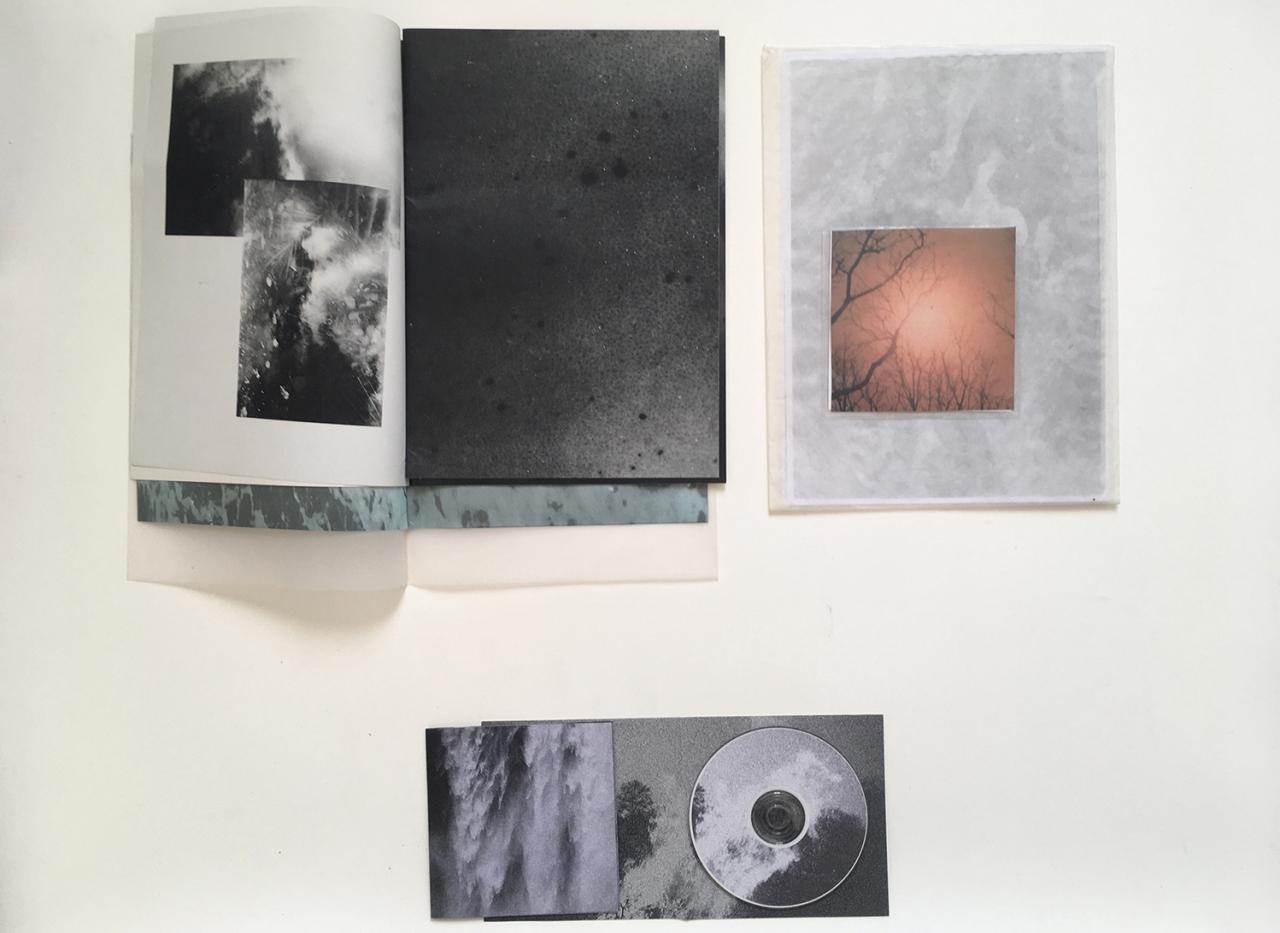
OOO, édition photo, Stereoeditions, 2015
Faded Fires, edition CD, Stereoeditions, 2016
Solstice, fanzine photocopié + CD, Stereoeditions, 2019
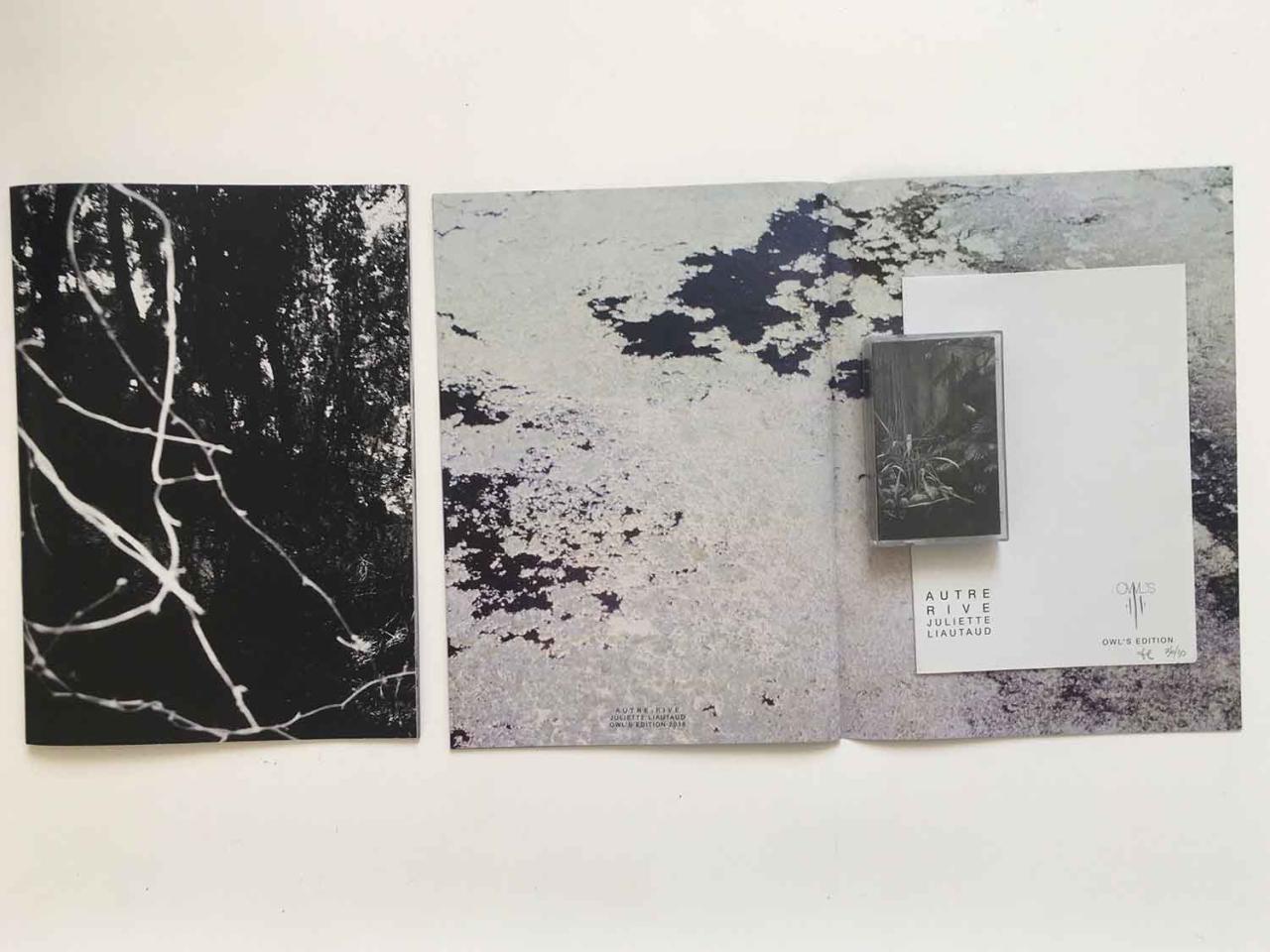
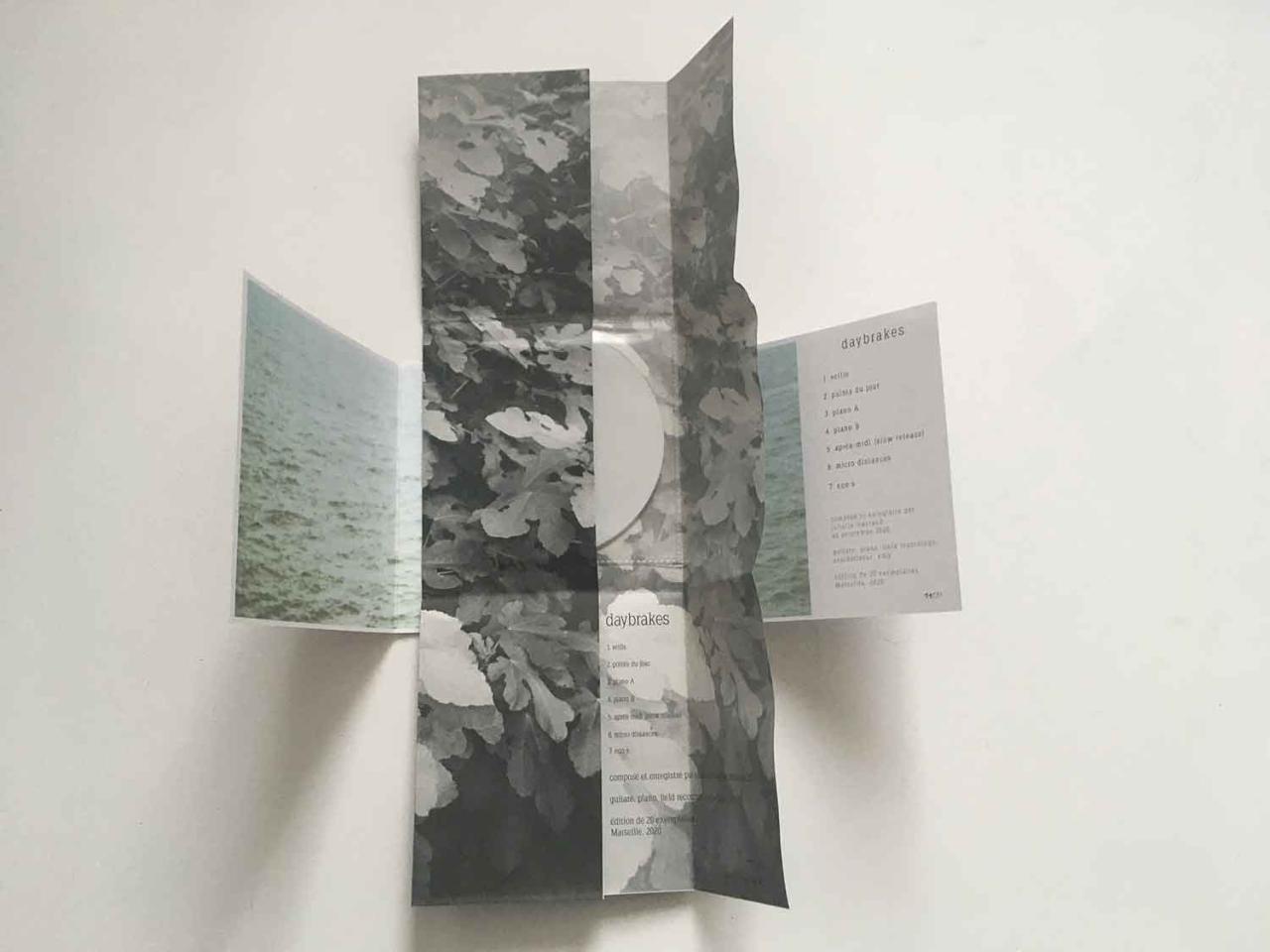
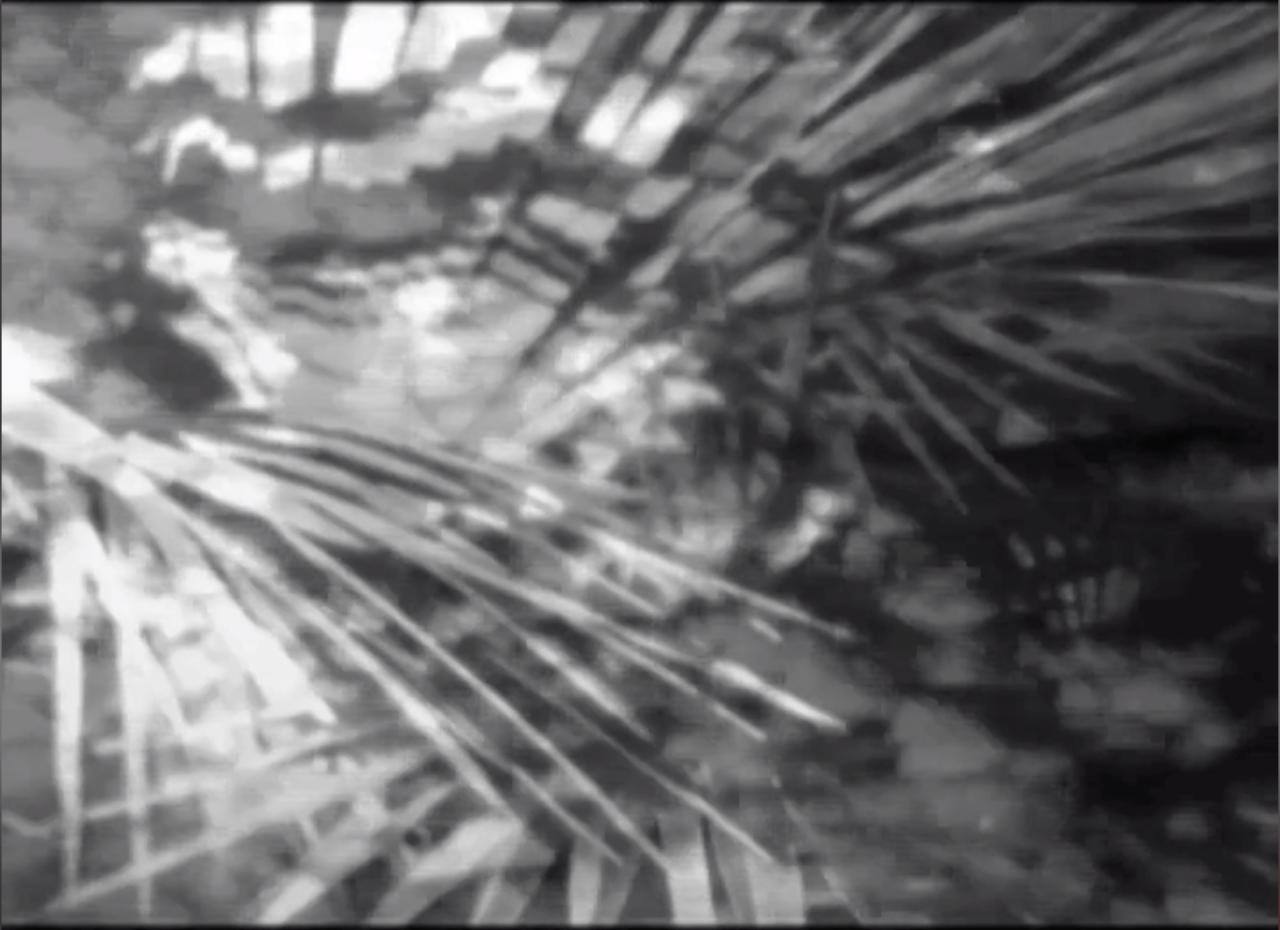
capture, video et super8mm digitalisé, noir et blanc,
10min35, 4:3, sonore, stereo